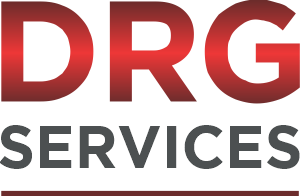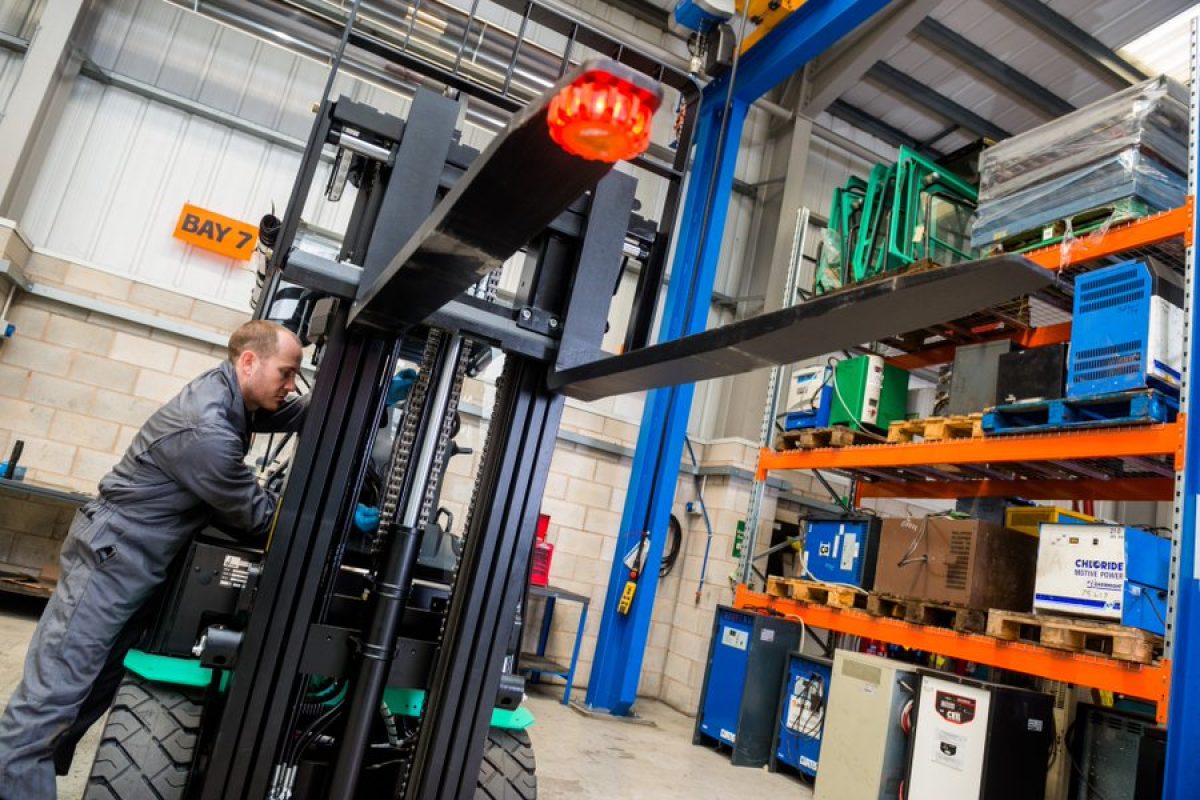Operating a forklift needs to be done safely!
At DRG Services we take forklifts seriously. For health and safety reasons and for general maintenance checks we recommend you make it a routine to do a daily check of all the main components of a forklift to ensure everything is in working condition.
01.
Pre-Operation Inspection
Visual Inspection: Examine the forklift for any visible damage, leaks, or loose parts. Ensure that warning lights and horns are functional.
Fluid Levels: Check oil, fuel, and hydraulic fluid levels to avoid running out during operation.
Tire Condition: Inspect tires for wear, damage, or low pressure. Properly inflated tires ensure stability.
02.
Operation Safety: During Use
Load Capacity: Do not exceed the forklift’s rated load capacity. Check the load’s weight and dimensions before lifting.
Stability: Maintain a low center of gravity and ensure the load is stable. Travel slowly on uneven surfaces.
Visibility: Keep a clear view of the path, and use mirrors when necessary. Make use of spotter if visibility is obstructed.
Safe Speed: Operate the forklift at a safe and controlled speed, especially when turning or stopping.
Turning and Maneuvering: Slow down and use caution when turning corners. Keep a safe distance from edges, ramps, or drop-offs.
Braking: Use brakes smoothly and gradually to avoid sudden stops, which can lead to tipping.
03.
Pedestrian Safety
Horn Use: Sound the horn when approaching intersections, blind spots, and in areas with pedestrians.
Clear Aisles: Keep aisles and walkways clear of obstructions. Establish designated pathways for pedestrians and forklifts.
Pedestrian Awareness: Ensure that pedestrians are aware of forklift operations and understand safety procedures.
04.
Parking & Shutdown
Safe Parking: Park the forklift on a level, stable surface. Lower the forks to the ground, set the parking brake, and turn off the engine.
Secure Loading: If the forklift is parked with a load, ensure that it’s placed securely on racks or supports.
05.
Maintenance & Reporting
Routine Maintenance: Schedule regular maintenance and inspections to keep the forklift in optimal condition.
Report Issues: Immediately report any damage, malfunctions, or operational concerns to your supervisor.
Training and Certification: Ensure that all forklift operators are adequately trained and certified.
06.
Overview
A thorough forklift safety checklist is not just a guideline; it’s a commitment to the well-being of your team and the success of your operations. Implementing these safety measures will help reduce accidents and create a safer workplace environment. Always remember that safety should be a top priority when operating forklifts.




